Tesla readying for China plant: Tesla, Inc., yesterday reaffirmed that it’s been in talks with the Chinese government to set up shop in a free trade zone in the Shanghai region – without  indicating whether an agreement has been met. Those talks were reported to have been underway earlier this year. Tesla would still have to pay the 25% import fee that it’s had all along in China, but the company would have costs reduced not having to ship the cars into that market. It would also allow Tesla to stay true to its identity of being an independent operator by avoiding the traditional joint venture with a Chinese automaker that Tesla’s competitors have been doing for years. China is becoming more flexible to grow its local EV market and remain No. 1 globally, to clean up air pollution in its growing cities, and to free up the nation from foreign oil imports. The electric carmaker has been moving in this direction in recent years, with CEO Elon Musk thinking that it’s the most significant market in the world for company growth. The company now has a 5% stake from Chinse internet company Tencent Holdings, which should support Tesla’s strategy in that market.
indicating whether an agreement has been met. Those talks were reported to have been underway earlier this year. Tesla would still have to pay the 25% import fee that it’s had all along in China, but the company would have costs reduced not having to ship the cars into that market. It would also allow Tesla to stay true to its identity of being an independent operator by avoiding the traditional joint venture with a Chinese automaker that Tesla’s competitors have been doing for years. China is becoming more flexible to grow its local EV market and remain No. 1 globally, to clean up air pollution in its growing cities, and to free up the nation from foreign oil imports. The electric carmaker has been moving in this direction in recent years, with CEO Elon Musk thinking that it’s the most significant market in the world for company growth. The company now has a 5% stake from Chinse internet company Tencent Holdings, which should support Tesla’s strategy in that market.
Ethanol beats Big Oil: President Donald Trump is keeping his campaign promise to ethanol-producing states by backing off proposed biofuel reductions recently announced by the Environmental Protection Agency. In a letter dated Oct. 19, EPA administrator Scott Pruitt said that the agency will keep renewable fuel volume mandates at or above proposed levels, reversing a decision to cut the mandates demanded by oil companies and refineries. It’s a big win for corn-growing states like Iowa, Nebraska, and Illinois, which are economically dependent on demand for corn-based ethanol. Companies such as PBF Energy Inc. and Valero Energy Corp. have been pleading with Trump to revise the costly mandate, and it at first appeared he would be going in that direction.
UK alliance for EV growth: Automakers are working together in the United Kingdom to better educate car shoppers on the benefits of owning and charging electric vehicles. The Electric Vehicle Experience Center in Milton Keynes, north of London, will feature a multi-brand EV showroom. Sales pitches aren’t allowed, as it will be a showcase for explaining the technology to visitors. Funding participants include BMW, Kia, Mitsubishi, Nissan, Renault, and Volkswagen, along with Chargemaster, a UK-based supplier of charging stations. Chargemaster CEO David Martell said the showroom will be carefully watched, and could be repeated elsewhere in the UK if it works.
LG partners with Qualcomm: LG Electronics is entering the self-driving car market through an alliance with Qualcomm to jointly research and develop autonomous, connected car technology. The two companies have opened a joint research center in Seoul, with another one slated by open in that city by the end of 2018. The partners will be focusing on fifth-generation wireless communications technology – called 5G – that will deliver data much faster than the current technology. The move supports the three major trends in the auto industry – electrification, autonomous technology, and on-demand mobility services. It will also tie into Qualcomm’s efforts to bring wireless electric vehicle charging as a mainstay to vehicles of the future.
DOE funding extreme fast charging: The U.S. Energy Department today announced that up to $15 million will be available for research projects on batteries and vehicle electrification technologies 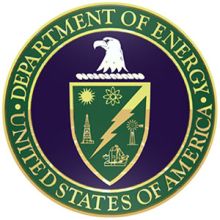 to enable growth in fast charging. It includes electrification projects that will support the development and verification of electric drive systems and infrastructure for what it defines as “extreme fast charging” (400-kW). It’s being done through the DOE’s Vehicle Technologies Office (VTO), which funds early-stage, high-risk research to support improved vehicle efficiency, lowers costs, and increases use of secure, domestic energy sources. It’s part of a VTO-funded report that will be released today, where researchers at Idaho National Laboratory, Argonne National Laboratory, and the National Renewable Energy Laboratory identified technical gaps to bring an extreme fast charging network to the U.S. The full report can be found on the VTO reports and publications page.
to enable growth in fast charging. It includes electrification projects that will support the development and verification of electric drive systems and infrastructure for what it defines as “extreme fast charging” (400-kW). It’s being done through the DOE’s Vehicle Technologies Office (VTO), which funds early-stage, high-risk research to support improved vehicle efficiency, lowers costs, and increases use of secure, domestic energy sources. It’s part of a VTO-funded report that will be released today, where researchers at Idaho National Laboratory, Argonne National Laboratory, and the National Renewable Energy Laboratory identified technical gaps to bring an extreme fast charging network to the U.S. The full report can be found on the VTO reports and publications page.




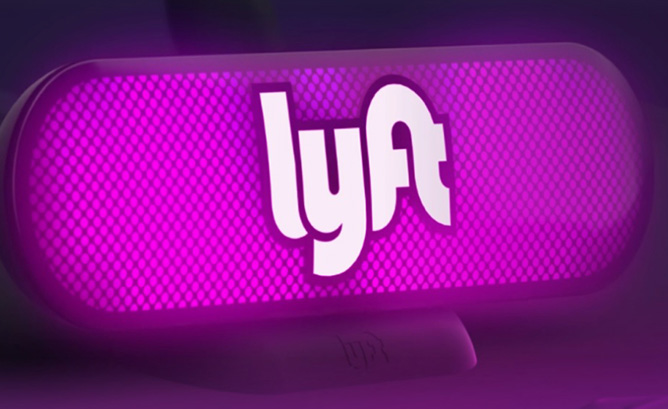 Alphabet’s self-driving driving division, Waymo, created an alliance with Lyft earlier this year on an autonomous vehicle project. Another funding division within Alphabet in 2013 made a $250 million investment in Lyft’s competitor, Uber. That ended badly after Uber entered the world of testing self-driving cars, with a major lawsuit coming from Waymo for allegations of intellectual property theft by Uber. The CapitalG funding round isn’t closed yet. One part of the agreement would be having CapitalG partner David Lawee join Lyft’s board.
Alphabet’s self-driving driving division, Waymo, created an alliance with Lyft earlier this year on an autonomous vehicle project. Another funding division within Alphabet in 2013 made a $250 million investment in Lyft’s competitor, Uber. That ended badly after Uber entered the world of testing self-driving cars, with a major lawsuit coming from Waymo for allegations of intellectual property theft by Uber. The CapitalG funding round isn’t closed yet. One part of the agreement would be having CapitalG partner David Lawee join Lyft’s board.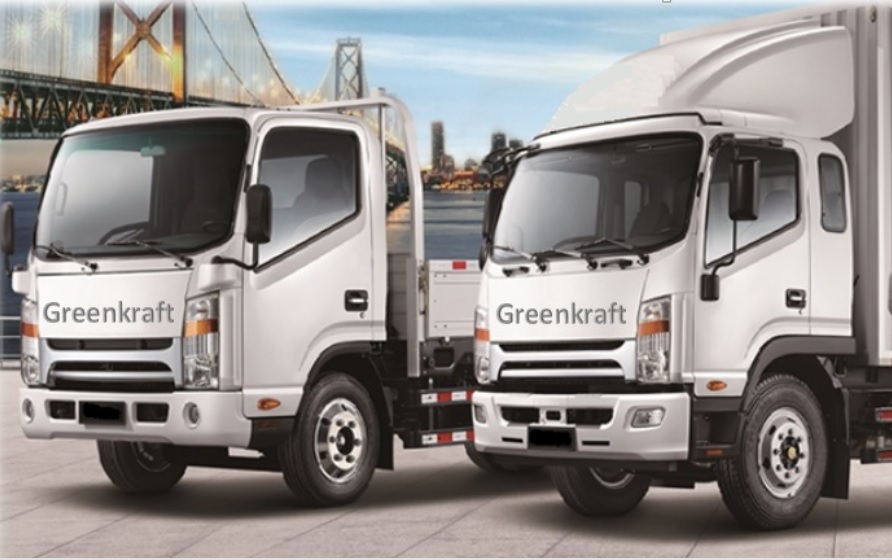 certification from the California Air Resources Board’s On-Road New Vehicle and Engine Certification Program. The company’s 8L V8 fuel-injected engine achieved a NOx emission value less than 0.02 g/bhp-hr, which meets the optional near-zero NOx level set by CARB, on three different fuels: LPG, CNG and gasoline. The Greenkraft 8L spark-ignited engine is among the first to be certified at this near-zero NOx level on three different fuels, according to Greenkraft. It’s available as a stand-alone product, or it can be installed ln one of Greenkraft’s 26,000 GVW or 33,000 GVW heavy-duty trucks.
certification from the California Air Resources Board’s On-Road New Vehicle and Engine Certification Program. The company’s 8L V8 fuel-injected engine achieved a NOx emission value less than 0.02 g/bhp-hr, which meets the optional near-zero NOx level set by CARB, on three different fuels: LPG, CNG and gasoline. The Greenkraft 8L spark-ignited engine is among the first to be certified at this near-zero NOx level on three different fuels, according to Greenkraft. It’s available as a stand-alone product, or it can be installed ln one of Greenkraft’s 26,000 GVW or 33,000 GVW heavy-duty trucks.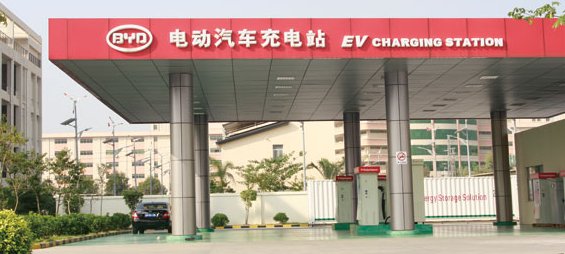 market this year. During September, the market saw 59,000 plug-in vehicle sales, up 80% over September 2016. Year to date, China had 338,000 units sold, up 48% over the first nine months of 2016. Battery electric and plug-in hybrid vehicles made up 1.8% of new vehicle sales in the market, up from 1.5% a year ago. The top five sellers during September, in rank order, were the BAIC EC-Series, the Zhidou D2 EV, the BYD Song PHEV, BYD Qin PHEV, and Chery eQ. BYD took 19% of the “new energy vehicle” sales for the month, beating former leader BAIC, which had 15% of the share.
market this year. During September, the market saw 59,000 plug-in vehicle sales, up 80% over September 2016. Year to date, China had 338,000 units sold, up 48% over the first nine months of 2016. Battery electric and plug-in hybrid vehicles made up 1.8% of new vehicle sales in the market, up from 1.5% a year ago. The top five sellers during September, in rank order, were the BAIC EC-Series, the Zhidou D2 EV, the BYD Song PHEV, BYD Qin PHEV, and Chery eQ. BYD took 19% of the “new energy vehicle” sales for the month, beating former leader BAIC, which had 15% of the share.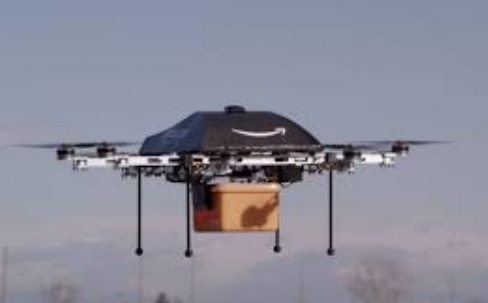 need more power to get to a charging station. The patent granted to the tech giant also includes a rooftop docking station that the drone can land on to stay connected with the EV and provide power while it continues the trip. It would mean working directly with automakers to be adaptable to the technology, or making aftermarket modifications. The product isn’t scheduled to be launched anytime soon, but it ties into Amazon’s overall strategy tied to drone delivery services. The company could see demand for the product, with sales of EVs increasing each year.
need more power to get to a charging station. The patent granted to the tech giant also includes a rooftop docking station that the drone can land on to stay connected with the EV and provide power while it continues the trip. It would mean working directly with automakers to be adaptable to the technology, or making aftermarket modifications. The product isn’t scheduled to be launched anytime soon, but it ties into Amazon’s overall strategy tied to drone delivery services. The company could see demand for the product, with sales of EVs increasing each year.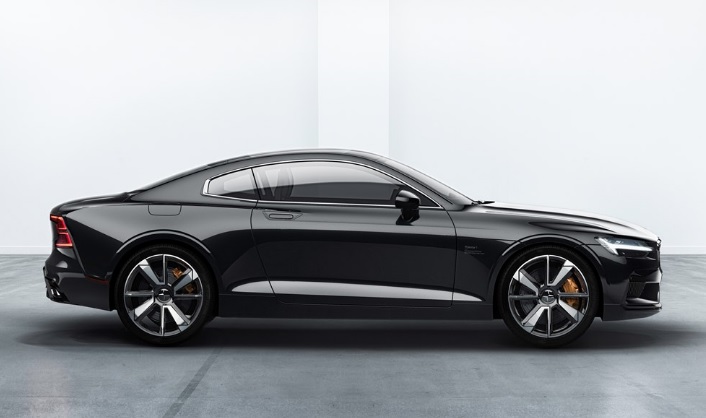 in hybrid is scheduled to roll off the production line in mid-2019. It’s a two-door, 2+2 seat coupe with an ‘Electric Performance Hybrid’ drivetrain capable of going about 93 miles on battery power. That could be less in the U.S., with Polestar not specifying whether range is based on European or U.S. standards. If it is 93 miles, it would be the longest range plug-in hybrid electric vehicle on the market. It will have a lot of power, with an output of 600 horsepower and 1000 Nm of torque, appealing to the high-performance car buyer. It will be built on Volvo’s Scalable Platform Architecture (SPA) but approximately 50% is new and created by Polestar’s engineers. A carbon fiber body reduces bodyweight. The company confirmed plans are in place for three Polestar models to be built at a production facility in China. Polestar 2 will be a battery electric vehicle, mid-sized to compete with the Tesla Model 3. It’s slated to start production in late 2019 and will have higher production volumes than the Polestar 1.
in hybrid is scheduled to roll off the production line in mid-2019. It’s a two-door, 2+2 seat coupe with an ‘Electric Performance Hybrid’ drivetrain capable of going about 93 miles on battery power. That could be less in the U.S., with Polestar not specifying whether range is based on European or U.S. standards. If it is 93 miles, it would be the longest range plug-in hybrid electric vehicle on the market. It will have a lot of power, with an output of 600 horsepower and 1000 Nm of torque, appealing to the high-performance car buyer. It will be built on Volvo’s Scalable Platform Architecture (SPA) but approximately 50% is new and created by Polestar’s engineers. A carbon fiber body reduces bodyweight. The company confirmed plans are in place for three Polestar models to be built at a production facility in China. Polestar 2 will be a battery electric vehicle, mid-sized to compete with the Tesla Model 3. It’s slated to start production in late 2019 and will have higher production volumes than the Polestar 1.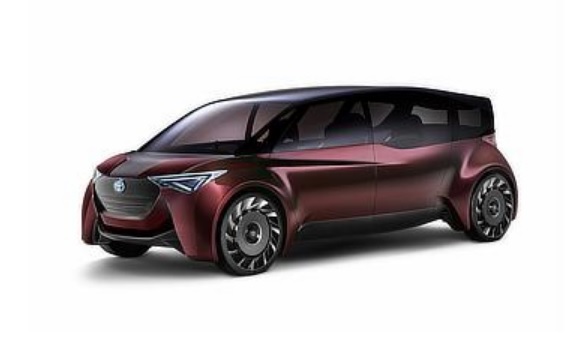 claims it can be refueled at a hydrogen station within three minutes, and will have 1,000 kilometers (620 miles) of driving range. That would be double the U.S. rating of 312 miles of range for the Toyota Mirai; however, Toyota said that the 1,000 km range rating is based on Japan’s JC08 test cycle, which would likely be farther than the U.S. rating. The concept car will also come with artificial intelligence and automated driving features, Toyota said. The “premium saloon” will have room for six passengers. The seat layout can be flexibly adjusted to make the vehicle as comfortable and user-friendly as possible.
claims it can be refueled at a hydrogen station within three minutes, and will have 1,000 kilometers (620 miles) of driving range. That would be double the U.S. rating of 312 miles of range for the Toyota Mirai; however, Toyota said that the 1,000 km range rating is based on Japan’s JC08 test cycle, which would likely be farther than the U.S. rating. The concept car will also come with artificial intelligence and automated driving features, Toyota said. The “premium saloon” will have room for six passengers. The seat layout can be flexibly adjusted to make the vehicle as comfortable and user-friendly as possible.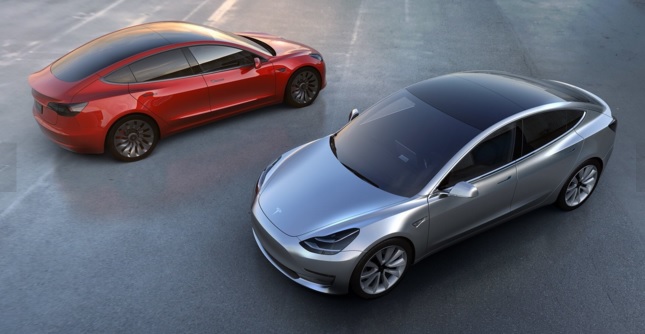 aluminum bodies of the Model S and Model X. That showed up with the electric carmaker falling short on its third quarter production target for the Model 3. The Wall Street Journal had reported on the slowdown and more light was shed on it during a video about the Model 3 production line posted on Twitter by CEO Elon Musk. Tesla is in a tight spot, pinning much of its future on the Model 3 production line ramped up to big numbers starting at the end of this year. Automakers such as General Motors with the Chevy Bolt, and several other automakers with their long-range EVs, have been anxiously waiting to see the impact of the Model 3 on the market.
aluminum bodies of the Model S and Model X. That showed up with the electric carmaker falling short on its third quarter production target for the Model 3. The Wall Street Journal had reported on the slowdown and more light was shed on it during a video about the Model 3 production line posted on Twitter by CEO Elon Musk. Tesla is in a tight spot, pinning much of its future on the Model 3 production line ramped up to big numbers starting at the end of this year. Automakers such as General Motors with the Chevy Bolt, and several other automakers with their long-range EVs, have been anxiously waiting to see the impact of the Model 3 on the market.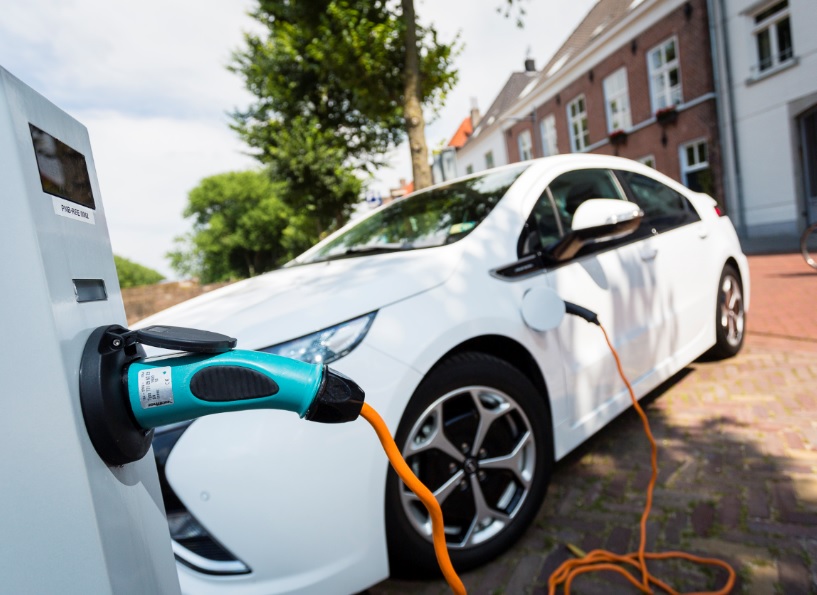 discussions from Oct. 9-11. Overall, about 9,500 people have been in attendance as participants and trade fair visitors. Panelists and those visiting exhibits have been discussing the future of mobility at the 30th EVS. The mood was positive, and discussions focused on the next phase of the EV industry’s future coming together this year. “Technological prerequisites have been created and some electrification products are already available, as demonstrated by the 353 exhibitors…….” according to conference planners.
discussions from Oct. 9-11. Overall, about 9,500 people have been in attendance as participants and trade fair visitors. Panelists and those visiting exhibits have been discussing the future of mobility at the 30th EVS. The mood was positive, and discussions focused on the next phase of the EV industry’s future coming together this year. “Technological prerequisites have been created and some electrification products are already available, as demonstrated by the 353 exhibitors…….” according to conference planners. near future. Mahindra had just lost a bid for a 10,000 EV contract with the government’s Energy Efficiency Services Limited agency to its main Indian competitor, Tata Motors. Mahindra was awarded part of the contract after lowering prices to match Tata’s lowest bid; the company admitted it won’t make any profits off the sales of its eVerito electric sedan to the Indian agency. Tata was able to win the majority of the contract even though it has yet to manufacture any EVs. Mahindra has been in the segment for a few years with its e20 and e20 plus small electric hatchback models, the eVerito electric sedan, the eSupro electric van, and the e-Alfa Mini three-wheeler. The government wants to stop sales of fossil-fuel powered vehicles and is supporting electric vehicle development. The company’s subsidiary, Mahindra Electric, will operate as a separate entity supplying components to the Mahindra & Mahindra company, which will manufacture the EVs. The company currently operates a battery manufacturing plant and hopes to set up another larger facility soon.
near future. Mahindra had just lost a bid for a 10,000 EV contract with the government’s Energy Efficiency Services Limited agency to its main Indian competitor, Tata Motors. Mahindra was awarded part of the contract after lowering prices to match Tata’s lowest bid; the company admitted it won’t make any profits off the sales of its eVerito electric sedan to the Indian agency. Tata was able to win the majority of the contract even though it has yet to manufacture any EVs. Mahindra has been in the segment for a few years with its e20 and e20 plus small electric hatchback models, the eVerito electric sedan, the eSupro electric van, and the e-Alfa Mini three-wheeler. The government wants to stop sales of fossil-fuel powered vehicles and is supporting electric vehicle development. The company’s subsidiary, Mahindra Electric, will operate as a separate entity supplying components to the Mahindra & Mahindra company, which will manufacture the EVs. The company currently operates a battery manufacturing plant and hopes to set up another larger facility soon.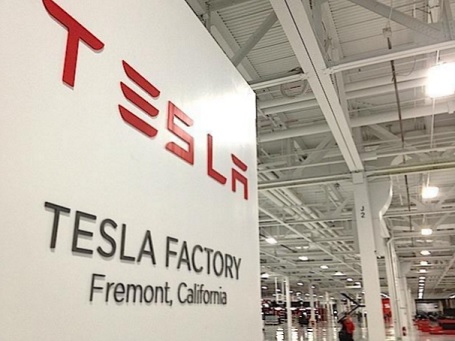 fired, including engineers, managers, and factory workers. Tesla wouldn’t say how many employees were let go, although the company expects employee turnover to be similar to last year’s attrition. They were not layoffs, the company said, but were dismissals based on a company-wide annual review. In interviews with the newspaper, former and current employees said there was little or no warning was given prior to the dismissals. “As with any company, especially one of over 33,000 employees, performance reviews also occasionally result in employee departures,” a Tesla spokesman said. “Tesla is continuing to grow and hire new employees around the world.”
fired, including engineers, managers, and factory workers. Tesla wouldn’t say how many employees were let go, although the company expects employee turnover to be similar to last year’s attrition. They were not layoffs, the company said, but were dismissals based on a company-wide annual review. In interviews with the newspaper, former and current employees said there was little or no warning was given prior to the dismissals. “As with any company, especially one of over 33,000 employees, performance reviews also occasionally result in employee departures,” a Tesla spokesman said. “Tesla is continuing to grow and hire new employees around the world.”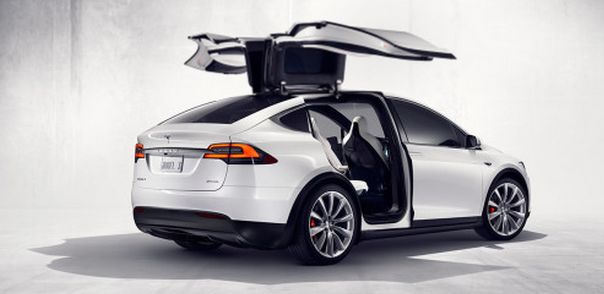 Oct. 28, 2016, and Sept. 1, 2017 with a second row seat that folds down flat, Tesla will be correcting an error that could mean the second row seats would move forward in a crash. The problem stems from incorrectly adjusted seat cables and was discovered through internal testing. It only affects about 3% of those vehicles. The electric automaker is taking on the voluntary recall through a 10-minute procedure done by mobile service operators. The company hasn’t received reports of any issues or accidents related to the problem; customers were to be alerted starting yesterday.
Oct. 28, 2016, and Sept. 1, 2017 with a second row seat that folds down flat, Tesla will be correcting an error that could mean the second row seats would move forward in a crash. The problem stems from incorrectly adjusted seat cables and was discovered through internal testing. It only affects about 3% of those vehicles. The electric automaker is taking on the voluntary recall through a 10-minute procedure done by mobile service operators. The company hasn’t received reports of any issues or accidents related to the problem; customers were to be alerted starting yesterday.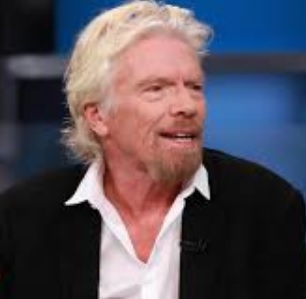 company announced Thursday it will be renamed Virgin Hyperloop One, and it followed a significant but undisclosed investment by the Virgin Group founder. Based in downtown Los Angeles, Hyperloop One comes from a concept released a few years ago by Tesla and SpaceX CEO Elon Musk. The transport system will carry passengers and cargo in pods through tubes at speeds of more than 250 miles per hour; and that could eventually go as high as 750 miles per hour. The company has been testing its pods in Nevada. Branson’s Virgin Galactic has been setting up office space in Southern California and will be directly competing with SpaceX in the space transport business.
company announced Thursday it will be renamed Virgin Hyperloop One, and it followed a significant but undisclosed investment by the Virgin Group founder. Based in downtown Los Angeles, Hyperloop One comes from a concept released a few years ago by Tesla and SpaceX CEO Elon Musk. The transport system will carry passengers and cargo in pods through tubes at speeds of more than 250 miles per hour; and that could eventually go as high as 750 miles per hour. The company has been testing its pods in Nevada. Branson’s Virgin Galactic has been setting up office space in Southern California and will be directly competing with SpaceX in the space transport business.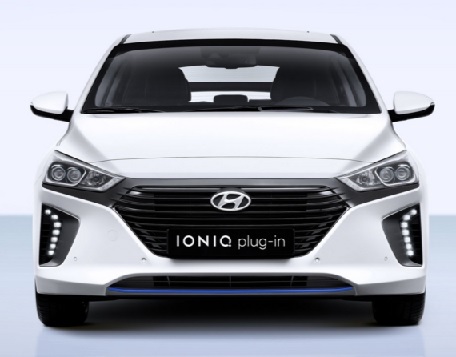 Accord comes with three now powertrain options – two direct-injected and turbocharged 4-cylinder engines and the third generation of Honda’s two-motor hybrid powertrain. The Honda Clarity comes in all-electric, plug-in hybrid, or hydrogen fuel cell options. The Hyundai Ioniq comes in three versions – hybrid, battery electric, and plug-in hybrid. The all-new Nissan Leaf comes with a redesigned look, longer driving range, and Nissan Intelligent Mobility technologies, Toyota’s eighth generation Camry is available with three new powertrains – a 2.5-liter 4-cylinder, 3.5-liter V-6, and a Hybrid powered by the automaker’s next-generation Toyota Hybrid System. The winner will be named at 8:00 am PST on Nov. 30 inside the Technology Pavilion.
Accord comes with three now powertrain options – two direct-injected and turbocharged 4-cylinder engines and the third generation of Honda’s two-motor hybrid powertrain. The Honda Clarity comes in all-electric, plug-in hybrid, or hydrogen fuel cell options. The Hyundai Ioniq comes in three versions – hybrid, battery electric, and plug-in hybrid. The all-new Nissan Leaf comes with a redesigned look, longer driving range, and Nissan Intelligent Mobility technologies, Toyota’s eighth generation Camry is available with three new powertrains – a 2.5-liter 4-cylinder, 3.5-liter V-6, and a Hybrid powered by the automaker’s next-generation Toyota Hybrid System. The winner will be named at 8:00 am PST on Nov. 30 inside the Technology Pavilion.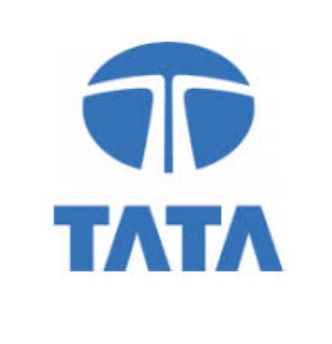 major Indian automaker has sold. The country is making efforts to reduce emissions and curb fuel imports. Prime Minister Narendra Modi sees the EV acquisition as a way to support the country’s pledge to ban the sale of internal combustion engine light-vehicles by 2030. Mahindra and Mahindra has so far been India’s only domestic carmaker that currently makes EVs. India is far behind China in EV sales, with China selling about 336,000 units last year versus about 450 in India, according to the International Energy Agency.
major Indian automaker has sold. The country is making efforts to reduce emissions and curb fuel imports. Prime Minister Narendra Modi sees the EV acquisition as a way to support the country’s pledge to ban the sale of internal combustion engine light-vehicles by 2030. Mahindra and Mahindra has so far been India’s only domestic carmaker that currently makes EVs. India is far behind China in EV sales, with China selling about 336,000 units last year versus about 450 in India, according to the International Energy Agency.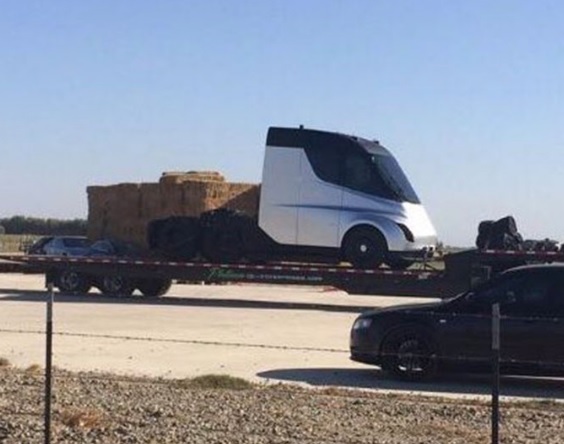 diverting resources to help bring Puerto Rico back through battery production to help the island recover from hurricane devastation. Residents have been going without electricity. Tesla was below its production target to build more than 1,500 Model 3 units in the third quarter. The company had just delivered around 220 Model 3 sedans and produced 260 during the quarter. Earlier this week Tesla reported that “production bottlenecks” had left it behind the planned ramp-up for the Model 3.
diverting resources to help bring Puerto Rico back through battery production to help the island recover from hurricane devastation. Residents have been going without electricity. Tesla was below its production target to build more than 1,500 Model 3 units in the third quarter. The company had just delivered around 220 Model 3 sedans and produced 260 during the quarter. Earlier this week Tesla reported that “production bottlenecks” had left it behind the planned ramp-up for the Model 3.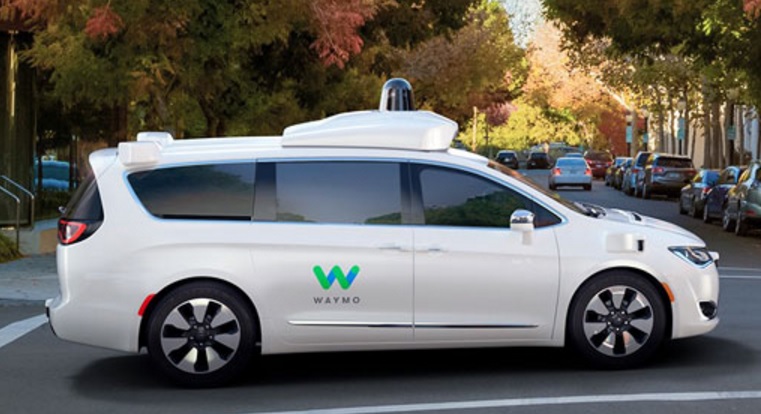 is teaming up with Mothers Against Drunk Driving, the National Safety Council, and the Federation for Blind Children in a campaign called “Let’s Talk Self-Driving.” Waymo also emphasizes that autonomous vehicles can eliminate most alcohol-related fatal crashes, and would offer the blind a transportation option. The company said the public awareness ad campaign will begin in Arizona on Monday. That’s where Waymo has been doing a lot of its self-driving car testing. The ad campaign will be delivered through digital ads, outdoor billboards, fuel pump advertising, and radio spots.
is teaming up with Mothers Against Drunk Driving, the National Safety Council, and the Federation for Blind Children in a campaign called “Let’s Talk Self-Driving.” Waymo also emphasizes that autonomous vehicles can eliminate most alcohol-related fatal crashes, and would offer the blind a transportation option. The company said the public awareness ad campaign will begin in Arizona on Monday. That’s where Waymo has been doing a lot of its self-driving car testing. The ad campaign will be delivered through digital ads, outdoor billboards, fuel pump advertising, and radio spots. is a testing ground for automated technology that can be supplied to OEMs. The German supplier is watching several OEMs – including General Motors, Ford, Renault-Nissan, and Daimler – making moves toward autonomous mobility services. That might be through an alliance with Lyft, Uber, Maven, Waymo, or another partner committed to the new technology and ride services it has to offer. While the robo-taxi label has stuck in the past year, it’s much more than a taxi ride. This will include shared rides, point-to-point short trips, transporting groups, taxi rides, and shuttle services.
is a testing ground for automated technology that can be supplied to OEMs. The German supplier is watching several OEMs – including General Motors, Ford, Renault-Nissan, and Daimler – making moves toward autonomous mobility services. That might be through an alliance with Lyft, Uber, Maven, Waymo, or another partner committed to the new technology and ride services it has to offer. While the robo-taxi label has stuck in the past year, it’s much more than a taxi ride. This will include shared rides, point-to-point short trips, transporting groups, taxi rides, and shuttle services.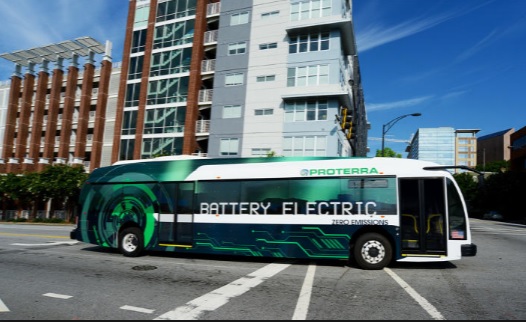 offers a 20% increase in efficiency over Proterra’s standard ProDrive system. For the Catalyst E2 max model, the DuoPower drivetrain enables a nominal range of 426 miles on a single charge, which the company says far exceeds the average distance of North American transit routes. Separately, the company announced that major bus and coach manufacturer
offers a 20% increase in efficiency over Proterra’s standard ProDrive system. For the Catalyst E2 max model, the DuoPower drivetrain enables a nominal range of 426 miles on a single charge, which the company says far exceeds the average distance of North American transit routes. Separately, the company announced that major bus and coach manufacturer